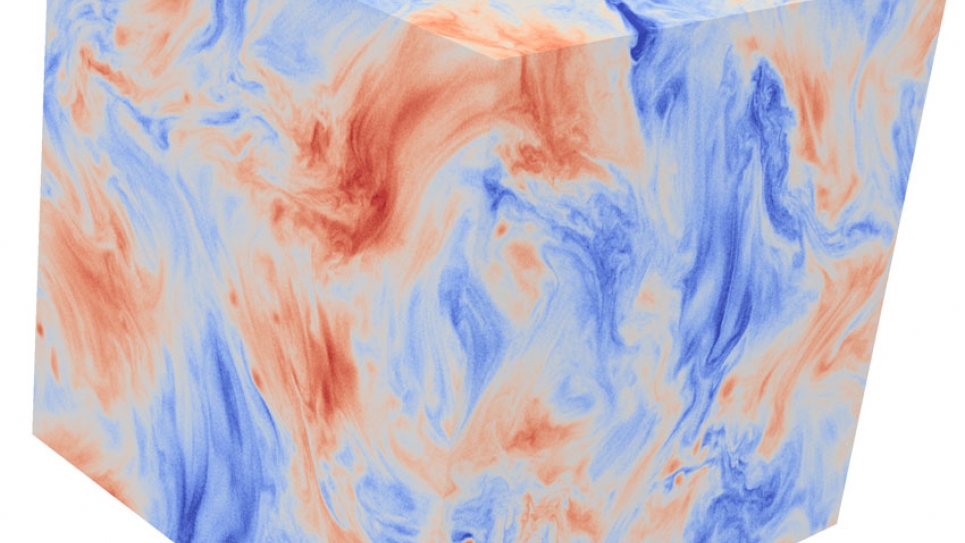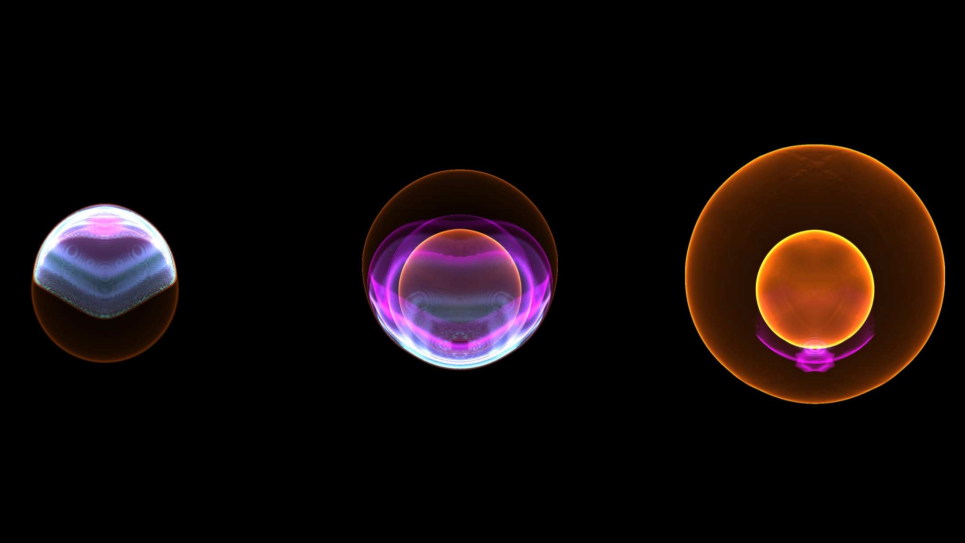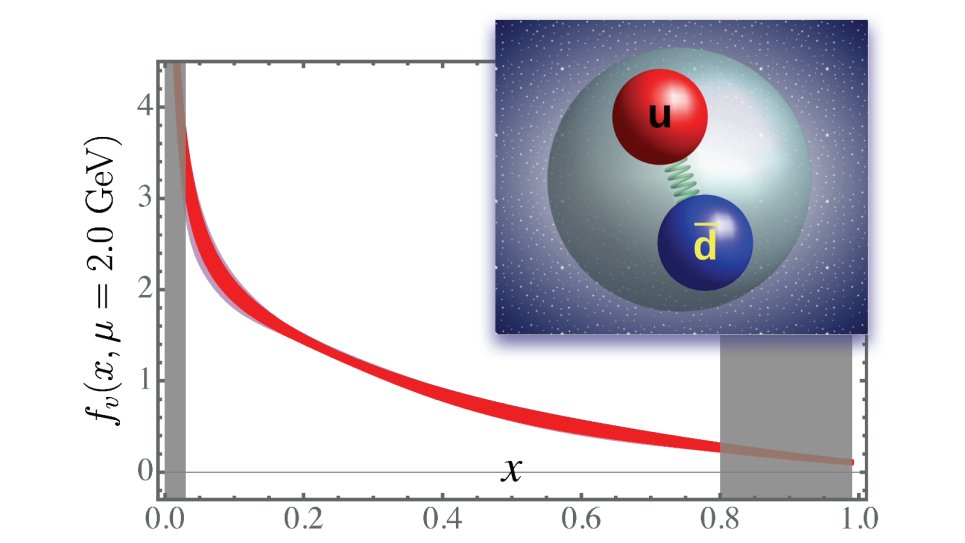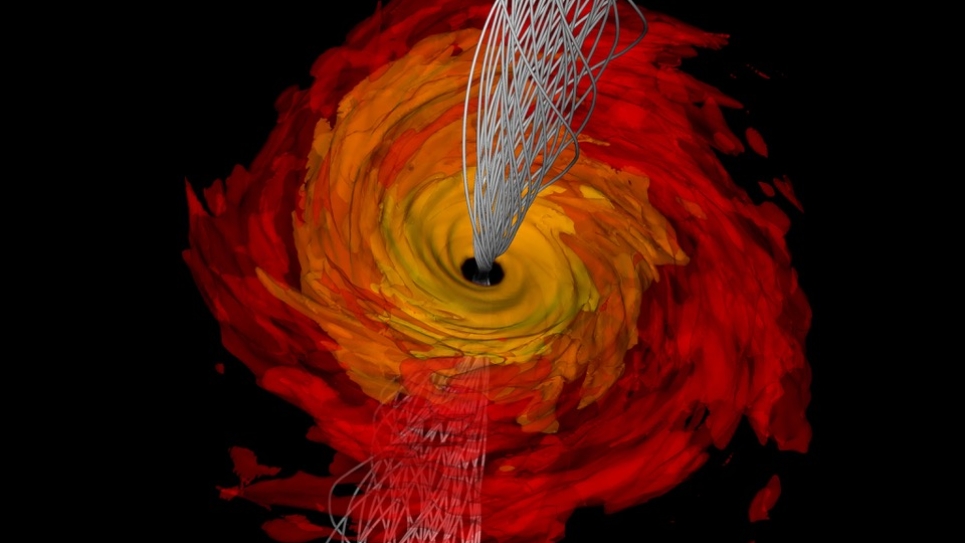
Astrophysical Particle Accelerators: Magnetic Reconnection and Turbulence
This project investigates nonthermal particle acceleration (NTPA) by magnetic reconnection and turbulence in three-dimensional (3D) relativistic plasmas relevant to astrophysical sources of intense bursts of high-energy X-rays and gamma-rays. Using petascale particle-in-cell (PIC) computer simulations, the research team is characterizing the particle energy distributions resulting from NTPA (or the lack thereof) as a function of plasma conditions. Based on completed simulations, the team is well-positioned to address several important questions regarding the fundamental viability of reconnection- and turbulence-driven NTPA as an explanation of observed high-energy emission, and thus to significantly advance the field of high-energy astrophysics. In addition, the empirical characterization of relativistic NTPA from reconnection and turbulence across a wide range of plasma conditions will help in modeling these astrophysical systems on larger scales and will guide our theoretical understanding of the key physical processes involved in particle acceleration.
This research seeks to advance understanding of fundamental energy exchange processes in plasmas. Energy exchange (e.g., between particles and fields) is one of the most important consequences of magnetic reconnection and turbulence, playing crucial roles in astrophysical systems, solar flares, the Earth’s magnetosphere, and in magnetic fusion devices. The project employs the team’s open-source PIC code Zeltron, which is capable of self-consistently incorporating the radiation reaction force to model cases where radiative losses significantly alter system dynamics and NTPA.


